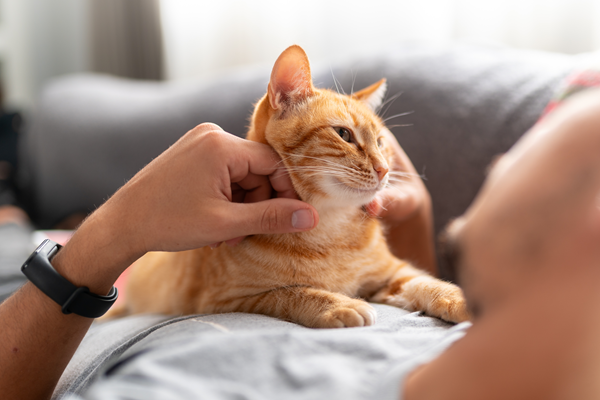
Managing diabetes in cats has traditionally relied on insulin injections and diet adjustments. However, a new class of oral medication called Sodium-Glucose Cotransporter 2 (SGLT2) inhibitors is changing how veterinarians approach treatment for newly diagnosed diabetic cats. Let’s explore how these medications work, their benefits, and what cat owners should know.
What are SGLT2 inhibitors?
SGLT2 inhibitors, such as Bexagliflozin (Bexacat) and Velagliflozin, help control diabetes by encouraging the kidneys to get rid of excess glucose through urine, reducing blood sugar without relying on insulin. These medications are designed for cats that are newly diagnosed and have not yet started insulin therapy, offering a simpler treatment option for certain patients.
Unlike insulin, SGLT2 inhibitors do not carry a high risk of causing dangerously low blood sugar (hypoglycemia), making them a safer option for some cats. However, to be successful, these drugs can only be used in cats that still produce some insulin naturally, as they are not a substitute for insulin.
What are the benefits of SGLT2 inhibitors?
- Ease of administration: Given orally, these medications may be easier to administer than insulin injections, reducing stress for both pets and owners.
- Effective glucose control: Studies show significant improvements in blood sugar levels and related clinical signs, such as excessive thirst, urination, and weight loss. Some cats may even achieve diabetic remission.
- Improved quality of life: Because these medications are easier to give than injections, it’s more likely you will adhere to the treatment plan, which means better quality of life for your cat.
Potential Risks and Considerations
While SGLT2 inhibitors offer promise, they are not suitable for every cat. Potential side effects include:
- Mild gastrointestinal upset: Vomiting or diarrhea may occur, but these symptoms are often temporary.
- Risk of diabetic ketoacidosis (DKA): A rare but serious condition in which the body produces harmful ketones, even if blood sugar levels are not excessively high. Close monitoring during the initial weeks of treatment, as recommended by your veterinarian, is critical.
- Unsuitable for certain cats: These medications are not recommended for cats with advanced diabetes, other severe illnesses, or those already on insulin.
What Cat Owners Should Know
- Discuss with your vet: SGLT2 inhibitors are prescription-only. Your vet must confirm that your cat is a good candidate for this therapy.
- Monitor your cat closely: It’s essential that you monitor glucose at home, watch for signs of illness, and have regular check-ups to ensure the treatment is working effectively.
- Be patient with adjustments: Your vet may need to adjust the dose or switch to traditional insulin therapy if complications arise.
The Future of Feline Diabetes Care
The introduction of SGLT2 inhibitors is a significant advancement in treating feline diabetes. These medications provide an effective and convenient option for newly diagnosed cats, especially when managed under close veterinary supervision. For pet owners, it’s a step forward in making diabetes management less daunting and more accessible.
For more details, consult your veterinarian.
